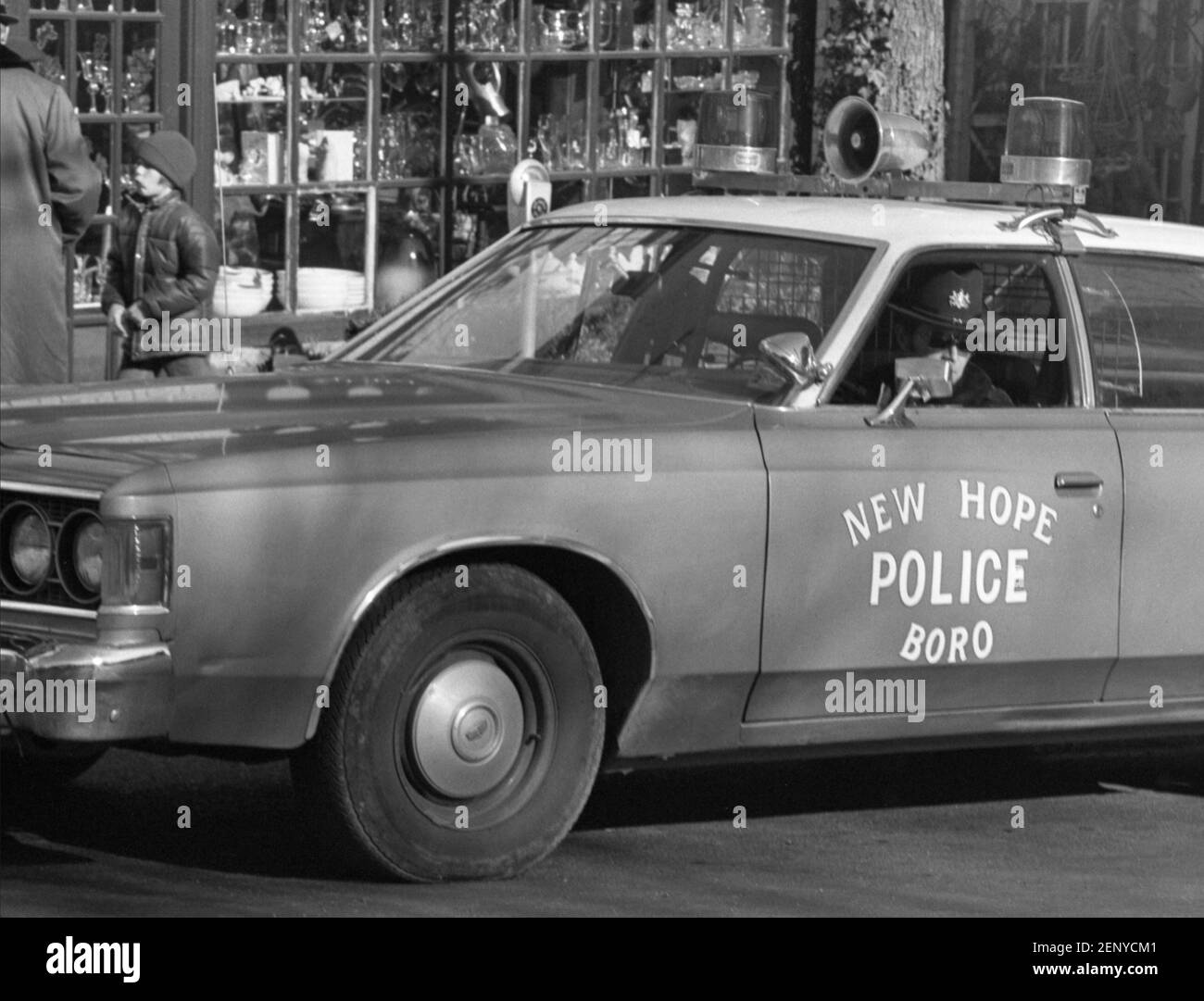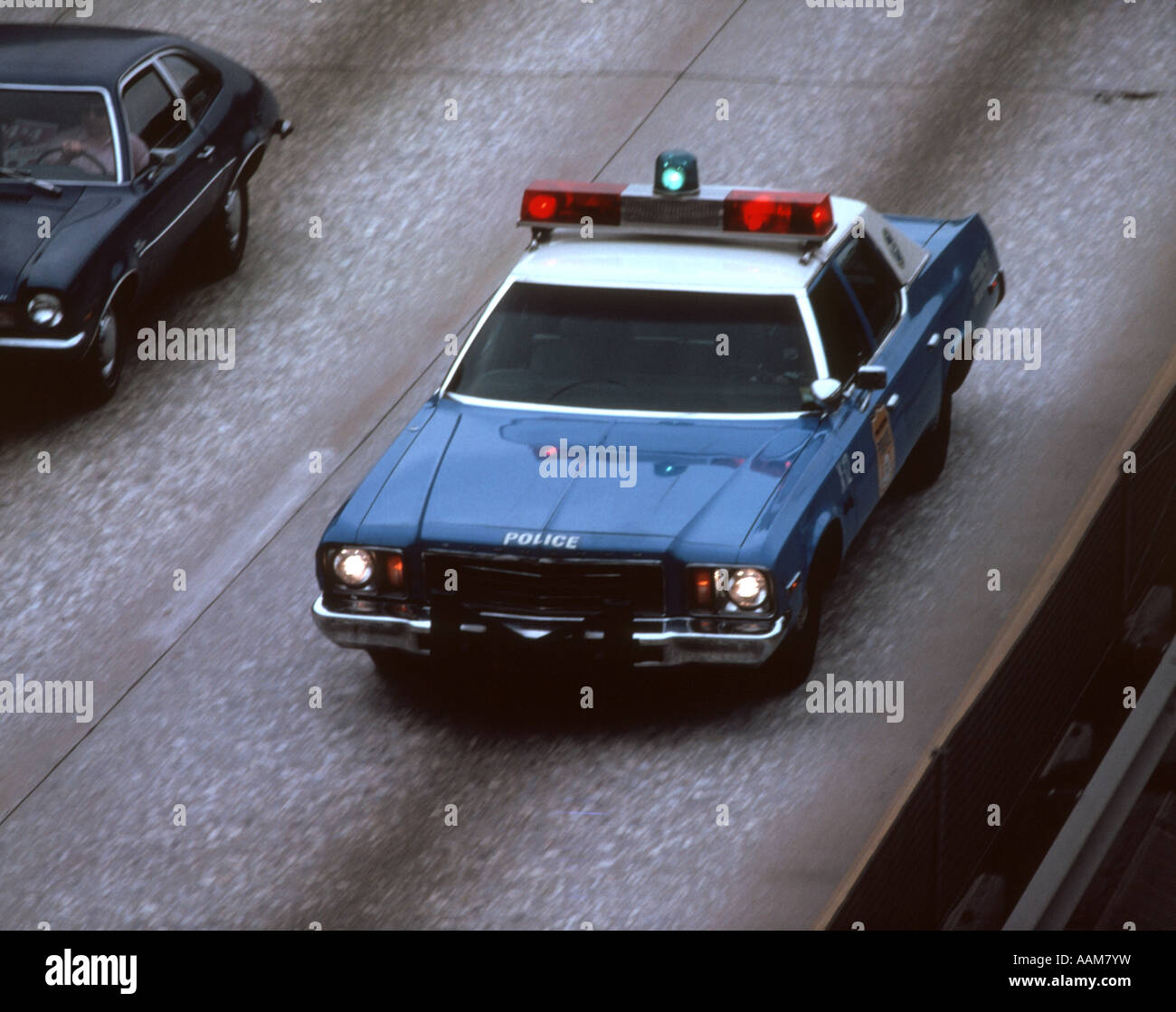The Real Heroes on Wheels: Iconic Police Cars from the 70s That Shaped American Law Enforcement
The 1970s: a decade of bell bottoms, disco, and a rapidly evolving America. Alongside these cultural shifts, the landscape of law enforcement was also transforming, and at the forefront of this change were the vehicles patrolling the streets. This article delves into the iconic police cars of the 1970s, exploring how these powerful machines not only served as tools of the trade but also became symbols of authority, innovation, and a changing era in American policing. We’ll examine the impact of these vehicles on law enforcement, their technological advancements, and their enduring legacy.
The Rise of the Muscle: Why the 70s Mattered for Police Cars
The 1970s witnessed a significant shift in the design and capabilities of police cars. Departments across the nation sought vehicles that could keep pace with increasingly sophisticated criminals and the demands of high-speed chases. The “muscle car” era, with its emphasis on powerful engines and robust construction, perfectly aligned with these needs. This decade brought forth vehicles that were not just functional but also represented a tangible shift in the tools available to law enforcement. The cars weren’t just transportation; they were a statement.
Key Players: Iconic Police Car Models of the 70s
Several models became synonymous with 1970s law enforcement, each with its own unique features and impact. Here are some of the most recognizable and influential:
- Dodge Monaco/Royal Monaco: Often considered the quintessential 70s police car, the Monaco was a workhorse. Its powerful V8 engine and durable construction made it a favorite among many departments.
- Key Features: Large size, powerful engine options (often a 440 cubic-inch V8), heavy-duty suspension, and a commanding presence.
- Plymouth Gran Fury: A close competitor to the Monaco, the Gran Fury offered similar performance and reliability. It became a staple in many law enforcement fleets.
- Key Features: Rugged build, reliable performance, and a wide range of engine choices.
- Ford LTD: Ford’s offering provided a more refined alternative to the Dodge and Plymouth models, offering a balance of power and comfort.
- Key Features: Powerful V8 engines, comfortable interiors, and a more subdued appearance compared to its rivals.
- Chevrolet Nova: While smaller than the full-size models, the Nova proved to be a popular choice for patrol. Its nimble handling and relatively fuel-efficient engines made it appealing to certain departments.
- Key Features: Compact size, responsive handling, and a selection of powerful engine options.
Technological Advancements in 70s Police Cars
The 1970s saw crucial advancements in police car technology, impacting everything from communication to safety:
- Two-Way Radios: The development and refinement of two-way radios dramatically improved communication between officers and dispatch, enabling faster response times and coordination.
- Emergency Lighting: Improvements in lightbars and strobe lights made police vehicles more visible, enhancing officer safety and alerting the public to emergencies.
- Radar Technology: The introduction of radar guns provided a more effective means of speed enforcement, contributing to increased traffic safety.
- Pursuit-Rated Suspension and Brakes: Heavier-duty suspension and braking systems were implemented in police packages to handle the stress of high-speed pursuits.
- Reinforced Interiors: Strengthening of the interior, including the installation of roll cages and heavy-duty seats, aimed to provide better protection for officers.
The Impact on Law Enforcement and Beyond
The police cars of the 1970s had a profound impact on law enforcement and society:
- Increased Response Times: Powerful engines and improved communication allowed officers to respond more quickly to emergencies.
- Enhanced Visibility: The distinctive appearance of police cars, combined with improved lighting, made them highly visible, serving as a deterrent to crime.
- Public Perception: The image of the 70s police car became deeply ingrained in popular culture, shaping public perceptions of law enforcement.
- Influence on Vehicle Design: The advancements and features developed for police cars influenced the design of civilian vehicles, particularly in terms of performance and safety features.
The Legacy of the 70s Police Car
The iconic police cars of the 1970s left an enduring legacy. They are still celebrated today, appearing in movies, television shows, and car shows. They represent a period of significant change in law enforcement, a time when technology and performance were dramatically reshaping the way police officers did their jobs. These vehicles are more than just historical artifacts; they are symbols of a pivotal era in American history.
Frequently Asked Questions (FAQs)
- What was the most popular engine option in 70s police cars? The 440 cubic-inch V8 engine was a common choice in the Dodge Monaco and Plymouth Gran Fury, offering impressive power and performance.
- What were some of the challenges faced by police departments using these cars? Fuel efficiency and maintenance costs were significant challenges, given the powerful engines and the wear and tear associated with police work.
- How did these cars influence the design of civilian vehicles? The use of heavy-duty components, improved brakes, and safety features in police cars influenced the design of civilian vehicles, making them safer and more capable overall.
- Were all police cars in the 70s the same color? No, while black and white was a common color scheme, different departments used a variety of colors and markings to identify their vehicles.
- Where can I see these classic police cars today? Many classic car shows, museums, and historical societies feature these iconic vehicles. You can also find them in movies and television shows set in the 1970s.
Conclusion
The police cars of the 1970s were more than just transportation; they were powerful symbols of a changing era. These vehicles, with their powerful engines, innovative technology, and distinctive designs, played a crucial role in shaping American law enforcement. Their legacy continues to resonate, reminding us of a time when the tools of the trade were transforming, and the men and women behind the wheel were facing new challenges and opportunities. These “heroes on wheels” remain an enduring testament to the ingenuity and dedication of the law enforcement community.




